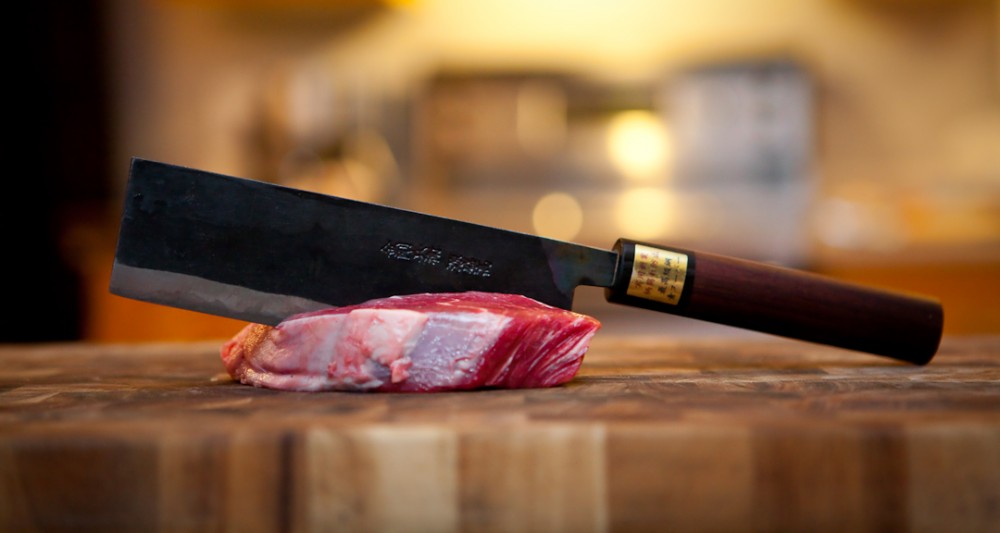The current culinary trend seems to be to not just to eat every part of an animal, but to eat all animals, except of course, seals and anything that may be kept as a pet. This trend, though it has dramatically accelerated in recent years, has actually been in place for decades. A century ago in Newfoundland, (where I am from), rich people would eat codfish and serve the hired help lobster. Lobster were (rightly) viewed as marine insects and people who could afford to pick and choose what they ate wanted nothing to do with them. Now, of course, lobster is one of the more expensive types of seafood you will find in your grocery store. In Newfoundland these days any high end restaurant will have all manner of marine insects on their menu and you can even find yourself a seal burger, but there is one fish that has been conspicuously absent from any restaurant menu; the sculpin.
If you don’t know what a sculpin is and don’t like googling things, just walk out on any wharf in Newfoundland on a calm day, look down at the water, and the ugliest, scariest fish you see is a sculpin. It has an oversized mouth, oversized lips, bulging eyes, and has long, sharp spines on its back and fins. With the exception of the past decade or so, Newfoundlanders have been poor for much of the past several hundred years, with many people going hungry. No Newfoundlander, however, has ever been so hungry that he would resort to eating a sculpin, even though they are the easiest fish in the world to catch.
Sculpins just hang around wharves. Salt water is crystal clear compared to salt water, so on a sunny day you can just drop your hook and bait right in front of the Sculpin’s face. They generally put up little fight, so you just reel them in after they take the bait. The first fish I ever caught was a sculpin. I was very proud. Then my buddy’s father took it off the hook and threw it back in the water. It was probably caught 10 times that week. If you live near the ocean you can literally eat them for free, yet nobody does.
My local grocery store sells frog legs and octopus for twice the price of codfish, yet nobody eats sculpin for free. People seem to eat everything these days, but it seems so odd that nobody has ever tried to eat a sculpin. It may very well taste awful, but it can’t be any more awful than half the things people are eating these days.

